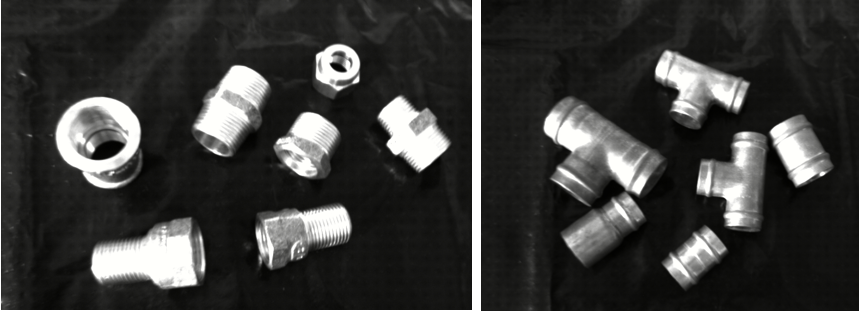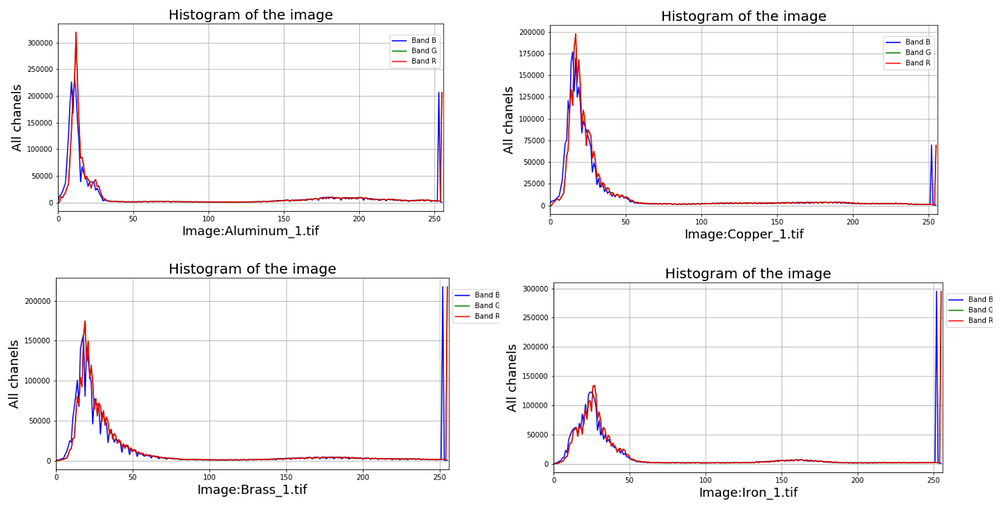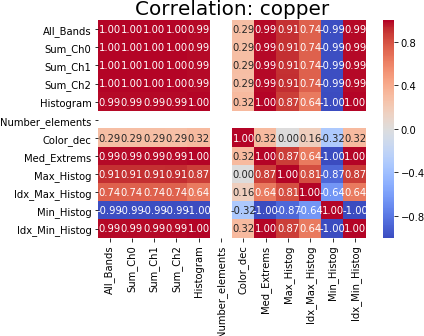Dissertação apresentada em Novembro/2019, à Universidade Portucalense Infante D. Henrique, para a obtenção de Título de Mestre em Informática, na Área de Engenharia de Software.
Resumo
O software 2.0 e sua abordagem para o processamento de imagens multi-espectrais, ajudando a realizar uma classificação automática de sucata metálica, é o tema desta pesquisa. O uso de ferramentas de Machine Learning e Deep Learning contribuem para o desenvolvimento de sistemas inteligentes, permitindo obter resultados relevantes na classificação de imagens, principalmente de sucatas metálicas. Neste mestrado, os testes serão realizados com uma câmara multi-espectral para obter imagens de alumínio, ferro, cobre, latão, aço inoxidável, simulando um ambiente de sucata metálica. O objetivo é obter a classificação destes metais através do desenvolvimento de software e realizar uma análise multi-espectral das imagens obtidas. Testes preliminares foram feitos em um ambiente controlado, com uma pequena amostra desses materiais. Estudos para implementar um protótipo em uma indústria siderúrgica brasileira se seguirão.
Palavras-chave: Software 2.0, Scrap metal classification, Spectral images.
Abstract
Software 2.0 and its approach to the processing of multi-spectral images helping to perform an automatic classification of metal scrap is the subject of this research. The use of Machine Learning and Deep Learning tools contribute to the development of intelligent systems, allowing to achieve relevant results in the classification of images, particularly of metal scrap. In this Master research, tests will be performed with a multi-spectral chamber to obtain images of aluminum, iron, copper, brass, stainless steel, simulating an environment of metal scrap. The aim is to obtain the classification of these metals through the development of software and to perform a multi-spectral analysis of the obtained images. Preliminary tests were made in a controlled environment, with a small sample of these materials. Studies to implement a prototype in a Brazilian steel industry will follow.
Keywords: Software 2.0, Scrap metal classification, Spectral images.
Links para o trabalho completo:
Dissertação
Apresentação do trabalho






















